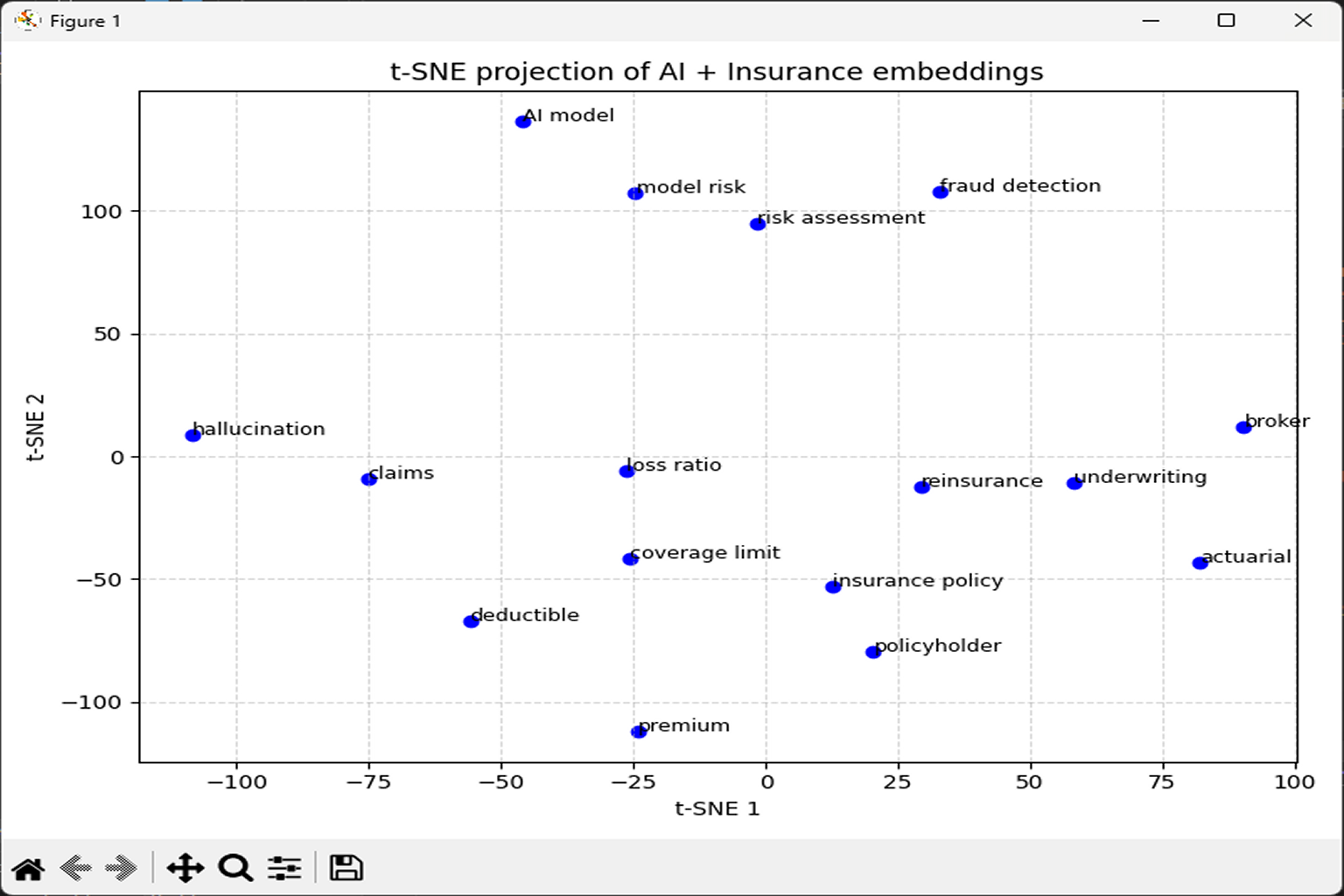Large language models (LLMs) are generalists by design. For highly specialized work — like insurance underwriting or claims processing — they often need fine-tuning to perform well.
Step 1: Define Your Objective
Before training, decide exactly what the model should do better. In my case, I needed improved accuracy in identifying risk factors from free-text descriptions.
Step 2: Gather Domain-Specific Data
- Start with anonymized real-world examples.
- Supplement with synthetic data that covers rare but important cases.
Step 3: Choose the Right Model & Method
- Small datasets: LoRA or adapter-based fine-tuning is cost-effective.
- Large datasets: Full fine-tuning may be worth it, but requires more compute.
Step 4: Evaluate Iteratively
Run evaluation after each training round. Focus on recall if missing details is costly, or precision if false positives are expensive.
Step 5: Deploy with Guardrails
Even a fine-tuned model can be wrong. Pair it with a retrieval system or rules engine for critical checks.
Final Thought
Fine-tuning is not about making the model “perfect” — it’s about making it consistently useful in your specific context.
